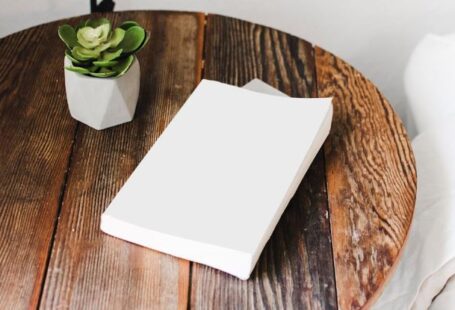Transforming a nursery into a dual-purpose space that also serves as a playroom can be a practical and efficient way to maximize the functionality of a room. By combining these two areas, you can create a versatile and engaging environment for your child while maximizing the use of the available space in your home. To achieve this, it is essential to consider design elements, organization strategies, and safety measures that cater to both the needs of a nursery and a playroom.
**Choosing Multifunctional Furniture**
One of the key elements in creating a dual-purpose nursery and playroom is selecting furniture that serves multiple functions. Opt for items like convertible cribs that can later be transformed into toddler beds, changing tables with ample storage space, and toy chests that double as seating. By choosing multifunctional furniture pieces, you can save space and ensure that the room accommodates both the needs of a nursery and a play area seamlessly.
**Utilizing Wall Space**
Maximizing wall space is crucial when designing a dual-purpose nursery and playroom. Install shelves and wall-mounted storage units to keep essentials within reach while also freeing up floor space for playtime activities. Consider using a pegboard or corkboard to display artwork, organize toys, or hang small storage baskets. Wall decals or murals can add a touch of whimsy to the room while also serving as a focal point for both the nursery and play area.
**Creating Separate Zones**
To delineate between the nursery and playroom areas, consider creating distinct zones within the room. Use area rugs, curtains, or furniture placement to visually separate the two spaces while maintaining a cohesive design. Designate specific areas for sleeping, feeding, playing, and storage to ensure that each function is clearly defined and easily accessible. By creating separate zones, you can establish a sense of order and organization within the dual-purpose room.
**Organizing Storage Solutions**
Effective storage solutions are essential in maintaining a clutter-free environment in a dual-purpose nursery and playroom. Utilize bins, baskets, and labeled containers to categorize and store toys, books, clothes, and other essentials. Consider incorporating open shelving for easy access to frequently used items and closed storage units to conceal clutter. Encourage your child to participate in tidying up by making storage solutions accessible and user-friendly for little hands.
**Safety First**
When designing a dual-purpose nursery and playroom, safety should be a top priority. Secure furniture to the walls to prevent tipping, use cordless window treatments to eliminate strangulation hazards, and cover electrical outlets with safety plugs. Choose non-toxic materials for furniture, toys, and decor items to create a healthy and safe environment for your child. Regularly inspect the room for potential hazards and make adjustments as needed to ensure a safe and child-friendly space.
**Incorporating Interactive Elements**
Enhance the playroom aspect of the dual-purpose space by incorporating interactive elements that stimulate your child’s imagination and creativity. Consider adding a reading nook with a cozy chair and bookshelves, a sensory play area with tactile materials and sensory bins, or a mini art station with easels, paints, and craft supplies. Incorporating interactive elements not only provides entertainment but also promotes learning and development in a fun and engaging way.
**Maximizing Natural Light**
Natural light can significantly impact the ambiance of a dual-purpose nursery and playroom. Maximize natural light by keeping windows unobstructed and using sheer curtains or blinds that allow sunlight to filter into the room. Position play areas near windows to provide ample natural light for daytime activities and consider adding a cozy reading corner bathed in sunlight. Natural light not only enhances the aesthetic appeal of the room but also creates a bright and inviting atmosphere for your child to enjoy.
**Creating a Versatile Space**
A dual-purpose nursery and playroom should be designed to adapt to the changing needs of your child as they grow. Choose furniture and decor items that can be easily updated or repurposed to accommodate different stages of development. Consider incorporating flexible seating options, modular storage systems, and neutral color palettes that can evolve with your child’s preferences over time. By creating a versatile space, you can ensure that the room remains functional and appealing as your child transitions from infancy to childhood.
**In Summary**
Transforming a nursery into a dual-purpose space that also serves as a playroom requires thoughtful planning, creative design solutions, and a focus on safety and functionality. By choosing multifunctional furniture, utilizing wall space, creating separate zones, organizing storage solutions, prioritizing safety, incorporating interactive elements, maximizing natural light, and creating a versatile space, you can create a dynamic and engaging environment for your child to thrive in. With careful attention to detail and a dash of creativity, you can design a dual-purpose nursery and playroom that meets the needs of both you and your child, making the most of the available space in your home.





